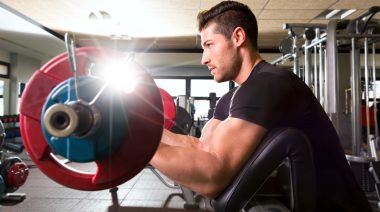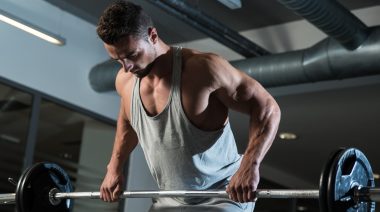For most lifters, a week full of workouts just isn’t complete without some tickets to the gun show. But good arm training goes beyond simply ripping through some biceps curls and triceps pressdowns. There needs to be a method to the madness if you want to do more than build a pump that only looks good in the mirror.
Arm training doesn’t need to be overly complicated, however, it’s important to understand the anatomy of the working muscles in order to properly focus on complete development.
When it comes to arm size, the biceps and triceps will be the two key players, but using the standard curl for biceps development is only half the answer, since curls are typically performed with a supinated (palm-up) grip which emphasizes most, but not all, of the biceps muscles.
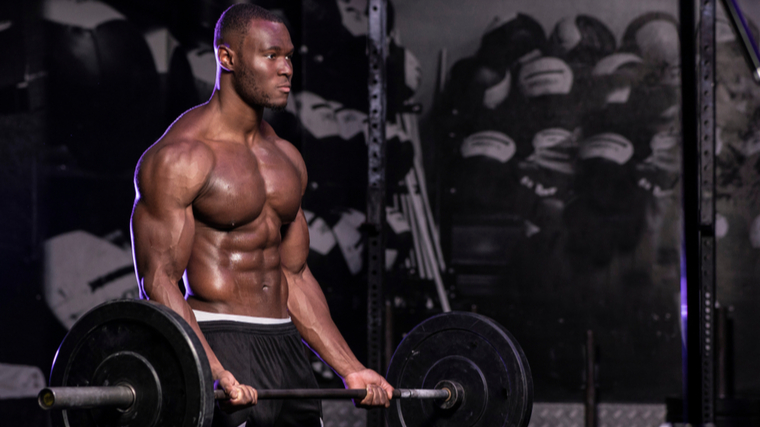
For total arm development, it’s important to involve the forearms, which is why the reverse biceps curl should be part of your arm-training arsenal. Here’s a breakdown of this seemingly simple, but incredibly useful, curl variation.
Reverse Biceps Curl
- How to Do the Reverse Biceps Curl
- Reverse Biceps Curl Mistakes to Avoid
- How to Progress the Reverse Biceps Curl
- Benefits of the Reverse Biceps Curl
- Muscles Worked by the Reverse Biceps Curl
- How to Program the Reverse Biceps Curl
- Reverse Biceps Curl Variations
- Frequently Asked Questions
How to Do the Reverse Biceps Curl
The most common types of biceps curls involve a supinated, aka underhand or palm-up, hand position. In the standard curl, your palms will be facing away from your body at the bottom of the curl and facing toward your body in the top position.
To do reverse curls, however, you “reverse” your grip and take a pronated, aka overhand or palm-down, hand position. Your palms will face toward your body at the bottom of the rep and away from your body at the top. Take a second to simply make fists and discretely perform both curling movements without holding any weights. You may notice a difference in how your arms feel, and maybe even how they look when they’re fully flexed at the top.
Step 1 — Choose Your Implement Wisely
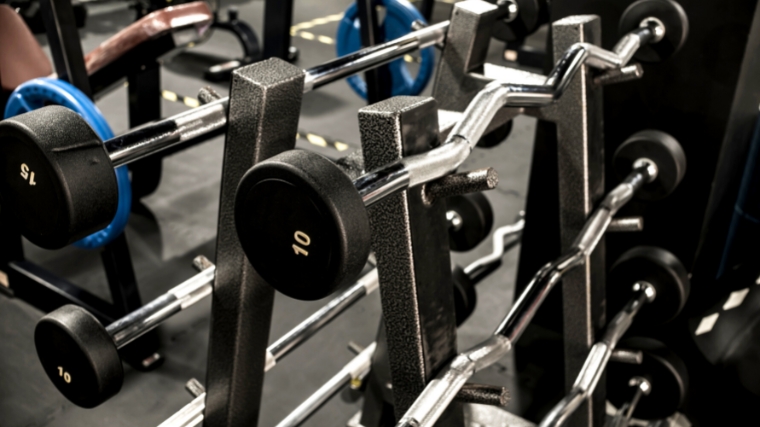
Like most curl exercises, you have the option to use a variety of bars or dumbbells when performing reverse biceps curls. Using dumbbells will require a bit more stability at your shoulder joint so your arms can stay in the right proximity to one another while curling. Poor wrist mobility can also turn the reverse biceps curl into a hammer curl, which change the exercise and muscle recruitment.
Holding on to a traditional barbell asks the most of a lifter’s wrist mobility because of the straight angle. Some lifters, especially if they have a bigger frame, may not possess the joint range of motion needed to fully pronate their hands onto a barbell. Over time, forcing yourself into the position can lead to chronic wrist pain and detract from the benefits of the reverse curl movement.
Using an EZ-curl bar (which is a bar specifically designed with ergonomic curves) can help a lifter find the comfortable degree of pronation without placing your hands completely “flat” the way a standard barbell will ask. This is typically the most popular and most effective option.
Form Tip: Assess for yourself by trying barbell reverse curls with a light weight. If your gym has a rack of short, fixed-weight barbells, you may be able to go as light as 10 or 20 pounds. If the movement still isn’t comfortable, stick with the EZ-curl bar.
Step 2 — Establish Your Stance
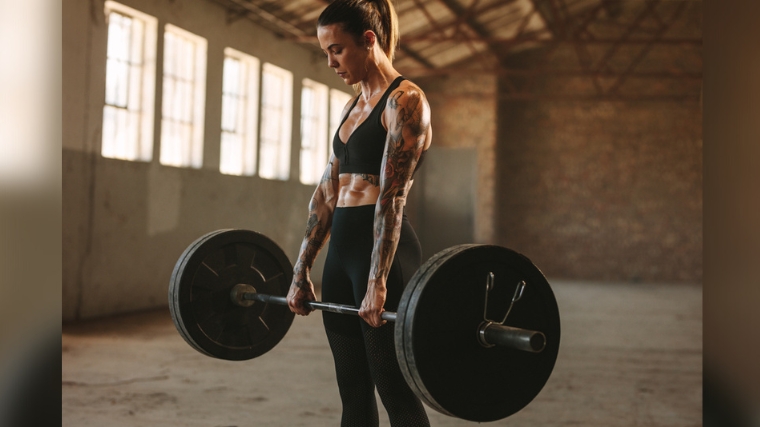
Hold the bar slightly closer than shoulder-width, using the required overhand grip. Your hands should be resting on the front of your thighs. Stand with your chest “proud” and up, your shoulders pulled back, and your neck long and tall.
Look straight ahead — Performing the exercise from a slouched position with forward head posture doesn’t help anything. Engage your glutes and abs by flexing both muscles while standing.
Form Tip: Don’t just think about keeping your arms straight in the bottom position. Think about contracting your triceps to fully straighten your arms and activate more muscles.
Step 3 — Curl
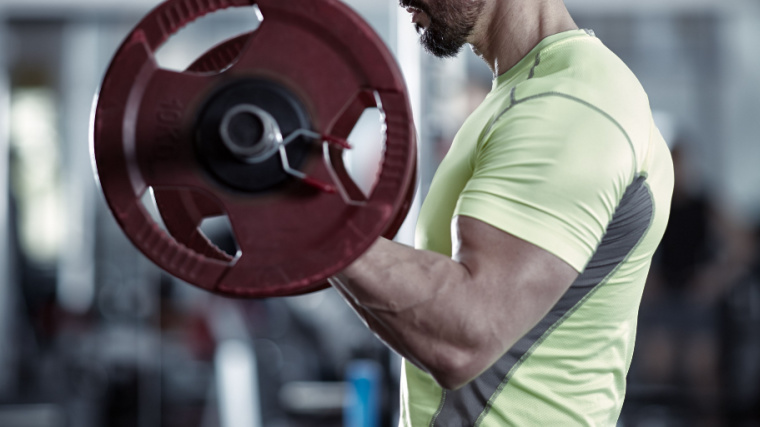
Grip the weight tightly and bring your hands up toward shoulder-level. Don’t let your elbows flare out to the sides or drift significantly forward. Your elbows shouldn’t need to move more than a couple of inches to accommodate different body types and arm lengths.
As you approach the top position, you’ll notice your arms reach a natural point where they can’t flex any more. That’s a natural and effective place to stop the lift, rather than trying to force your hands as high as possible. Return the weight to the straight-arm starting position under control.
Form Tip: Be aware of what your elbows and shoulders are doing during the movement. If your shoulders shrug up or your elbows come too far forward during the lift, it’s a clue that the weight is too heavy and you’re recruiting too many extra muscles to move the load. Keep the movement strict to keep tension exclusively on the target muscles.
Reverse Biceps Curl Mistakes to Avoid
Curls often get disrespected and performed casually, with a lack of focus, which can lead to technical errors. These mistakes can lead to poor muscle activation and potential injury. Take the exercise seriously and approach it with a good mindset to get better overall results.
Swinging Your Hips
Using “body English” to start the movement means your hips, core, and lower back are driving the weight upward instead of your biceps. That’s not the best approach when your goal is to actually train your biceps.
Swinging and heaving the weights up without muscular tension also puts your lower back at risk by forcing it to move the weight in an unstable and awkward position.
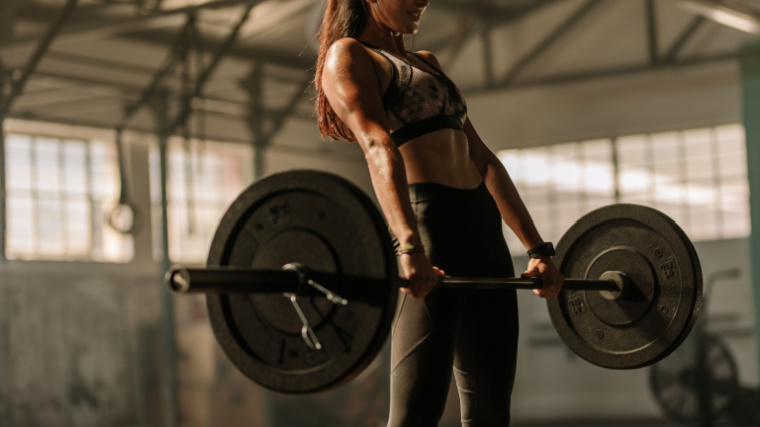
Avoid it: Before lifting the weight, tighten your core and flex your legs to ensure a stable base. Consciously focus on curling the weight by bending your arms to get the weight moving. If your hips are bouncing into the bar, you’re off to a bad start.
Missing Full Extension
Failing to fully straighten your arm into the stretched position could be a technique to maintain muscular tension and trigger more growth. (1) However, more often than not, lifters skip the lower portion of the repetition out of bad habit rather than deliberate action.
By not using a full range of motion, you shortchange potential improvements in flexibility and mobility in your wrists, elbows, and shoulders. (2) This means, if you’re having trouble achieving a fully pronated grip, you’re not making any strides toward fixing the problem if you perform half-reps.
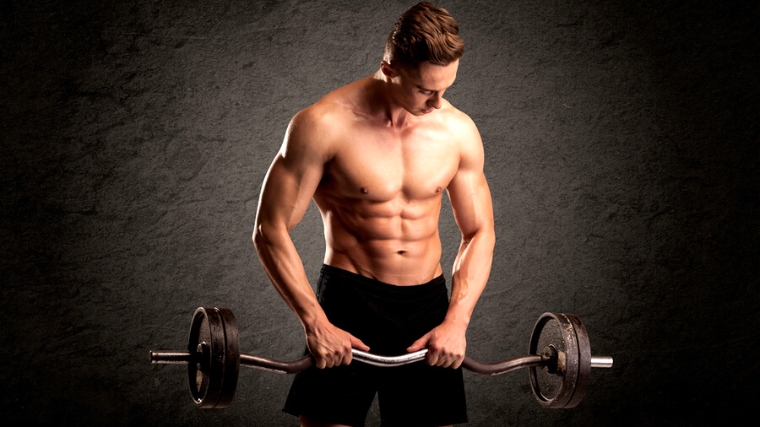
Avoid it: Begin and end each repetition with your arms straight and your hands touching, or nearly touching, the front of your thighs. Contracting your triceps can also be a cue to check for a good straight-arm position.
How to Progress the Reverse Biceps Curl
Some lifters might consider the reverse biceps curl to be a simple exercise, but it’s actually an intermediate variation of an otherwise simple exercise — the classic biceps curl. For this reason, it’s effective to use the reverse biceps curl after developing a foundation with traditional movements. The reverse biceps curl isn’t a movement to neglect, but it needs to be tackled at the right time in your overall program for maximum benefit.
Biceps Curl
Before going in “reverse,” make sure you can handle the standard movement. Like the reverse biceps curl, the supinated curl can be performed with dumbbells, a barbell, or, if your wrist mobility restricts a comfortable supinated hand position, an EZ-curl bar.
The overall body position and technique should nearly mimic the reverse biceps curl, with the sole exception being the hand and grip placement. The range of motion and other performance factors will also be identical with either movement.
Thick Bar Reverse Curl
You can increase the grip-building benefits by making the bar more difficult to hold. While this may sound counterintuitive — “make the exercise harder, not easier” — a larger diameter handle will increase the demands on your gripping and forearm muscles. (3) While it may, in the short-term, lead to performing fewer repetitions or using slightly lighter weights, you’ll benefit in the long-term with improved results, a stronger grip, and more overall strength.
These benefits are especially noticeable when you revert back to using standard-sized handles which will feel significantly smaller (and relatively easier) in comparison. This movement can be performed on a specially designed thick bar manufactured with a larger overall diameter or you can attach individual, removable handles to any bar.
Benefits of the Reverse Biceps Curl
Curl variations often get lumped into the “for looks only” category, but that’s a relatively short-sighted outlook that misses the bigger benefits of training your arms directly with the reverse biceps curl.
Grip and Arm Strength
The pronated grip emphasizes the gripping muscles of your forearm because you need to apply a constant “crushing” grip to prevent the bar from falling out of your hands. This makes the reverse biceps curl an efficient way to increase strength in your grip, forearms, and upper arms.

This improved strength can carry over to many compound (multi-joint) exercises like farmer’s carries, chin-ups, rows, and deadlifts.
Arm Size
If bigger arms are on your wish list, the reverse biceps curl can be a major player in adding size to your upper and lower arms. The unique hand supinate hand position emphasizes the brachioradialis muscle, which isn’t often targeted with other curl variations.
While your primary biceps muscles are also highly active during the reverse biceps curl, the brachioradialis takes up a relatively large amount of space on your arm, and increasing its size with the reverse biceps curl will pay dividends for your total arm size.
Healthier Wrists and Elbows
If you’re a lifter who suffers with recurring pain around your wrists or elbow joints, tries to work around weak wrists, or has general grip-strength issues, it’s worth incorporating the reverse biceps curl into your training plan.
The increased activation of the forearm muscles can help to improve wrist and elbow health by developing the muscles around both joints, leading to improved joint stability and strength.
Muscle Worked in the Reverse Biceps Curl
The reverse biceps curl doesn’t “only” train your biceps. The pronated hand position creates unique muscle recruitment that activates muscles not typically trained during many other curl variations.
Brachioradialis
What makes the pronated (reverse) curl so different from a supinated (classic) curl is the fact that now a huge player in arm strength and size gets to enter the picture: The brachioradialis muscle. (4) This relatively large muscle runs from your wrist, along the thumb-side of your forearm, crosses over the elbow joint, and attaches near the bottom portion of your biceps.
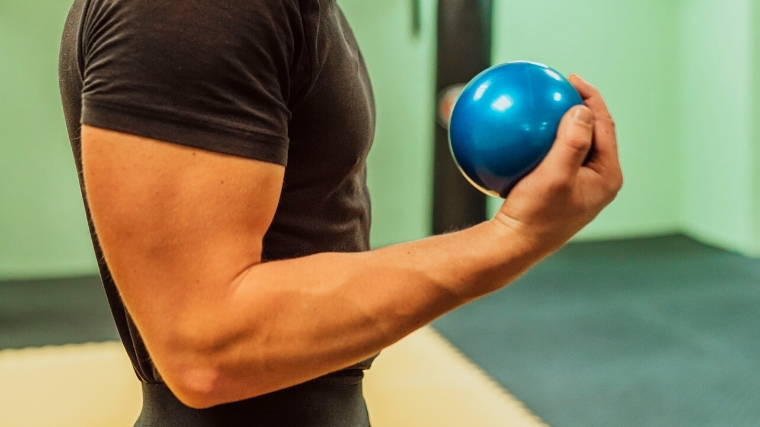
It plays a role in turning your wrist (pronating and supinating), while also flexing your arm at the elbow joint. Using a pronated hand position is the only way to specifically emphasize the brachioradialis.
Biceps Brachii
The biceps brachii are “the biceps” that get all the attention, front and center on your upper arms. The biceps are still the prime movers for this exercise since elbow flexion, the biceps’ primary function, is still the fundamental movement.
How to Program the Reverse Biceps Curl
Whether you’re replacing supinated biceps curls with reverse biceps curls or using them as additional biceps training in your program, there are a few programming concepts and effective approaches that will let you get the most benefit from the movement.
Curl After Bigger Lifts
It’s important to remember the exercise’s role — it’s an accessory movement and, under most circumstances, it should be performed toward the end of your workout.
If you train with a dedicated arm day, some leeway can be given as to when the exercise is performed in the session. However, if you’re like many people, you probably like to crush a bit of arm training at the end of a workout that has already targeted a larger body part, like your back or chest.
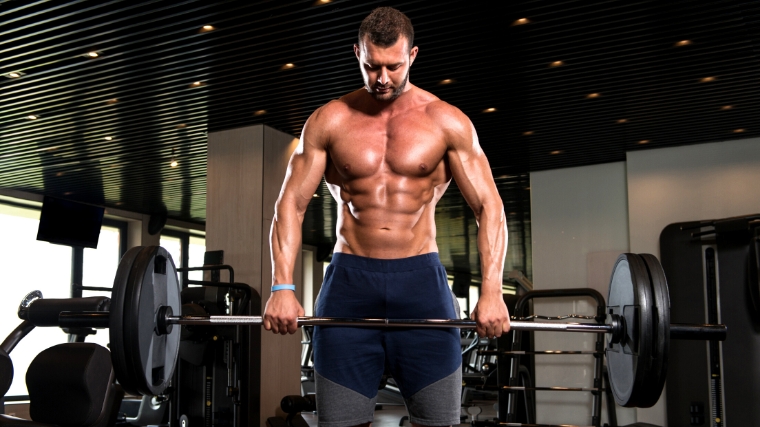
The last thing you’d want is to fatigue your arms early in a session, which would inhibit the strength and performance of bigger movements like rows, pulls, or presses. Be wise and realize that the muscles targeted by the reverse biceps curl act as synergists to other big movers, aiding in those larger movements, and they should be trained with proper awareness and relative priority.
Moderate Weight, Moderate Repetition
When it is time to start curling, stick with the tried and true approach for building size and strength — three to four sets of eight to 15 reps. This will let you hit the reverse curls with enough load and volume to trigger muscle growth and strength gains.
Using extremely heavy weight for low reps, on any kind of curl, is just asking for your lower back to help out. Going super-light for very high repetitions will unduly fatigue your smaller hand and grip muscles without sufficiently targeting your biceps or brachioradialis.
Reverse Biceps Curl Variations
Once you’ve gotten the hang of the simple reverse biceps curl, you can add some variety to the movement for continued progress. Changing the training implement — switching from an EZ-curl bar to dumbbells to a straight bar — is one option. Specific exercise variations can also be useful
Reverse Cable Curl
By attaching an EZ-curl bar or straight bar to a low cable pulley, you can increase the time under tension which can lead to a greater muscle-building stimulus. The cable provides constant tension, which means you can pause at points during the repetition to further boost the tension.
For a more advanced and more focused movement, you can attach a single handle to the low pulley and perform the exercise with one arm at a time, similar to using a single dumbbell. This could let you really zone-in and focus on each individual arm.
Zottman Curl
This old school bodybuilding exercise combines a standard dumbbell curl on the concentric (lifting phase) and turns into a reverse dumbbell curl on the eccentric (lowering phase), creating a “best of both worlds”-type of movement.
The Zottman curl is typically performed in an alternating fashion, raising one dumbbell while simultaneously lowering the opposite hand. If that coordination is too much to handle, you can perform the movement with both hands at the same time — curl with both hands palm-up, lower with both hands palm-down.
FAQs
Including this exercise once per week should be plenty for most people, if their overall training plan is well-designed and includes sufficient rowing and pulling exercises with other direct biceps training.
Generally, you don’t need to go overboard with biceps training to end up with bigger arms. A complete weekly training routine that incorporates “the big lifts” like the bench press, shoulder press, row, and pull-up will recruit your biceps and triceps along the way. Complementing those big lifts with targeted arm exercises will let you get the most bang for the buck.
Reverse for Forward Progress
Biceps curls, in general, don’t get enough love and attention in most people’s programs. It’s almost as if “arm training” has fallen out of fashion in the gym, but if you want to build bigger arms, it’s time to embrace your goal and go full-tilt toward it with a complete plan. That will probably mean programming an arm day in your training week. The reverse biceps curl can go a long way to boosting your grip strength, improving your wrists and elbows, and, of course, splitting your sleeves.
References
- Burd, N. A., Andrews, R. J., West, D. W., Little, J. P., Cochran, A. J., Hector, A. J., Cashaback, J. G., Gibala, M. J., Potvin, J. R., Baker, S. K., & Phillips, S. M. (2012). Muscle time under tension during resistance exercise stimulates differential muscle protein sub-fractional synthetic responses in men. The Journal of physiology, 590(2), 351–362. https://doi.org/10.1113/jphysiol.2011.221200
- Afonso, J., Ramirez-Campillo, R., Moscão, J., Rocha, T., Zacca, R., Martins, A., Milheiro, A. A., Ferreira, J., Sarmento, H., & Clemente, F. M. (2021). Strength Training versus Stretching for Improving Range of Motion: A Systematic Review and Meta-Analysis. Healthcare (Basel, Switzerland), 9(4), 427. https://doi.org/10.3390/healthcare9040427
- Krings, B. M., Shepherd, B. D., Swain, J. C., Turner, A. J., Chander, H., Waldman, H. S., McAllister, M. J., Knight, A. C., & Smith, J. W. (2021). Impact of Fat Grip Attachments on Muscular Strength and Neuromuscular Activation During Resistance Exercise. Journal of strength and conditioning research, 35(Suppl 1), S152–S157. https://doi.org/10.1519/JSC.0000000000002954
- Kleiber, T., Kunz, L., & Disselhorst-Klug, C. (2015). Muscular coordination of biceps brachii and brachioradialis in elbow flexion with respect to hand position. Frontiers in physiology, 6, 215. https://doi.org/10.3389/fphys.2015.00215
Featured Image: MDV Edwards / Shutterstock



